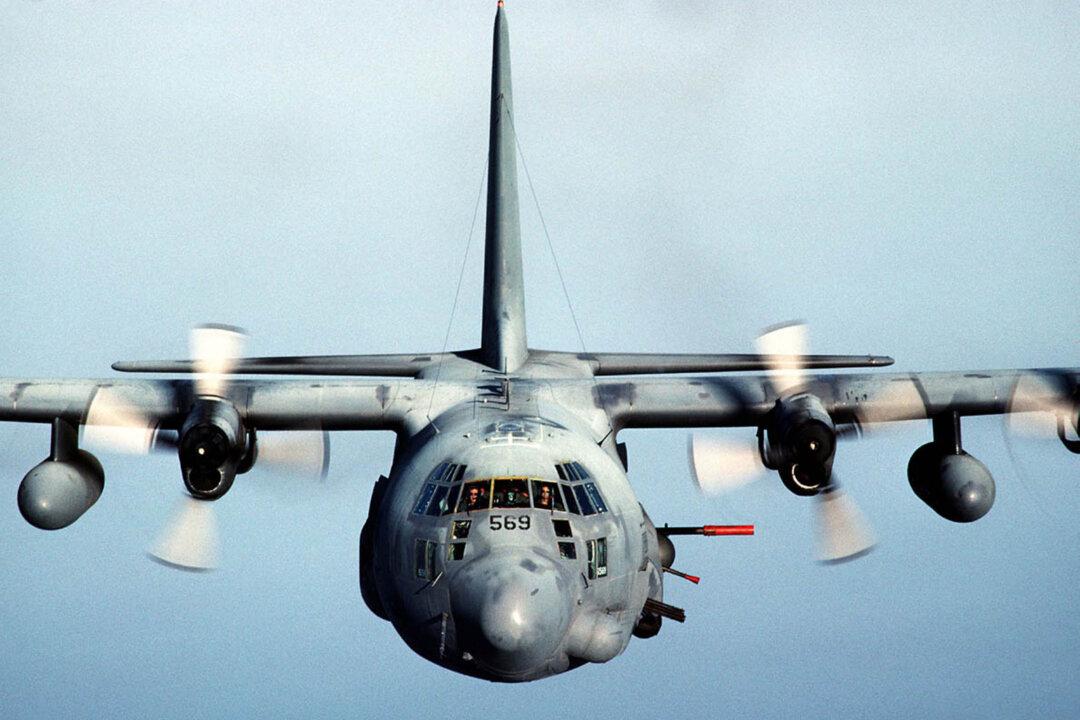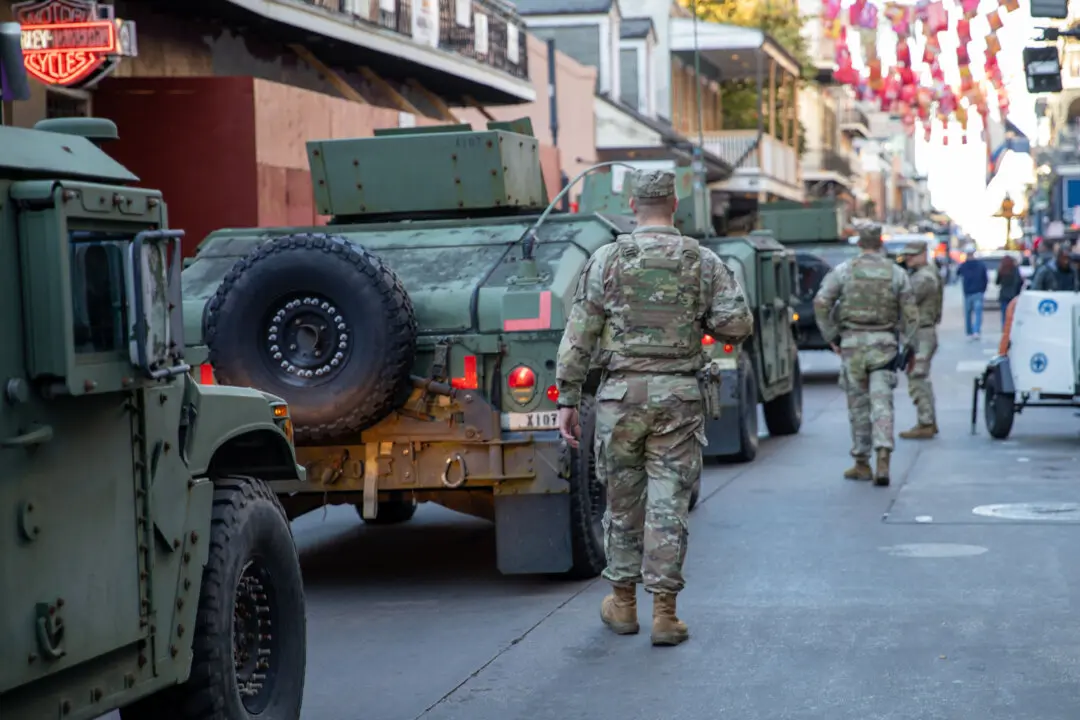The U.S. military fired back at Iran-backed militants who wounded several troops in Iraq in a missile attack on Nov. 20 on U.S. forces who are based there.
The Ain Al-Asad Airbase in western Baghdad came under attack on Nov. 20, when Iran-backed militia members launched a “close-range ballistic missile” at U.S. and Coalition forces stationed at the Iraqi airbase, injuring eight people and inflicting “some minor damage” on the base’s infrastructure, a spokesperson for the U.S. Central Command (CENTCOM) told NTD News in an emailed statement.





